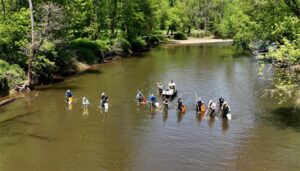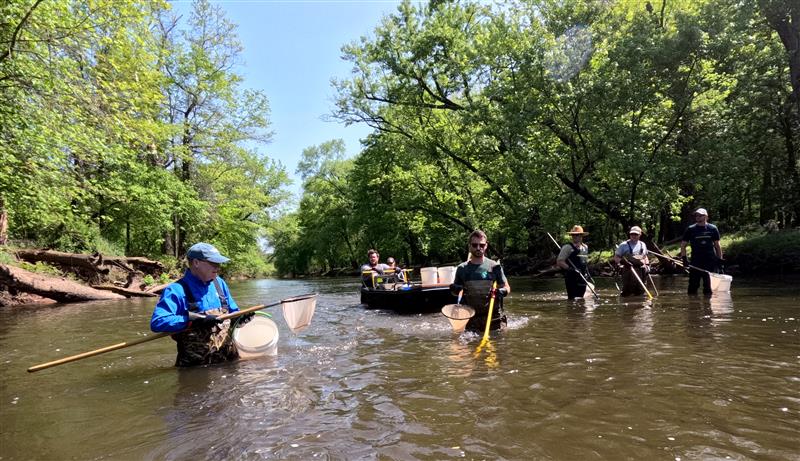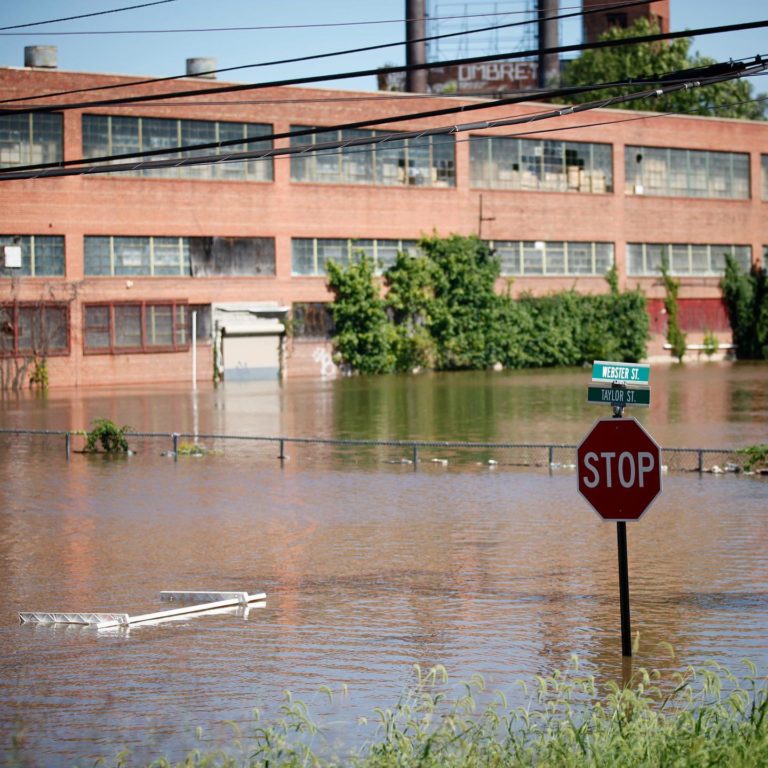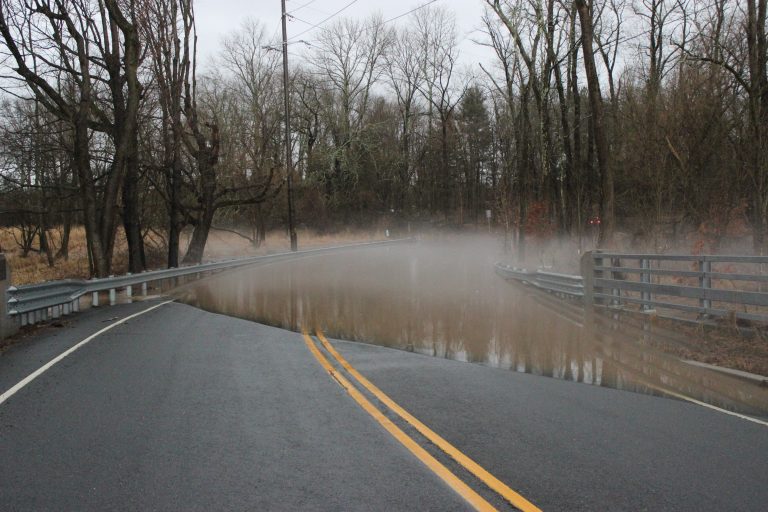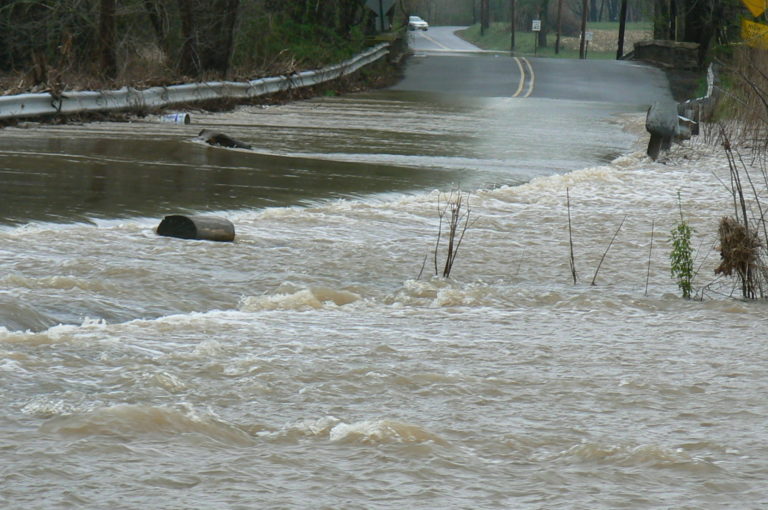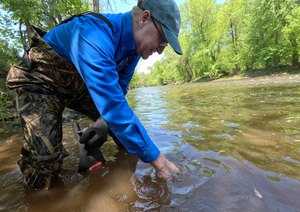 It’s not every day that you can witness first-hand natural habitats that humans had extinguished hundreds of years ago finally being restored. Recently, on an excursion with members of the New Jersey Division of Fish and Wildlife, members of The Watershed Institute had the opportunity to see something extraordinary—American shad and other fish migrating up the Millstone River.
It’s not every day that you can witness first-hand natural habitats that humans had extinguished hundreds of years ago finally being restored. Recently, on an excursion with members of the New Jersey Division of Fish and Wildlife, members of The Watershed Institute had the opportunity to see something extraordinary—American shad and other fish migrating up the Millstone River.
In 2017, after nearly a decade of scientific investigation and advocacy by The Watershed Institute, the Weston Mill Dam in Manville was removed from the river four and a half miles downstream from where we witnessed the shad. A dam near that location had existed since about 1750, blocking the migration of shad and other fish, altering natural river and sediment flows, degrading water quality, and posing a serious danger to boaters and anglers.
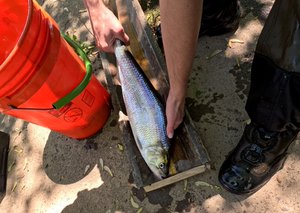
The shad’s return to the Millstone is a spectacular success story. But the story is by no means complete because another dam stands in the fish’s way. In fact, the shad we found were practically butting their heads up against the Blackwells Mills Dam, which is currently the last complete blockage between Raritan Bay and Princeton.
The U.S. Fish and Wildlife Service, NOAA-Fisheries Service, NJ Division of Fish and Wildlife, NJ Office of Natural Resource Restoration, and NJ State Park Service all share our goal of removing the Blackwells Mills Dam, which would open up another nine miles of Millstone River spawning grounds to the shad. Sadly, our efforts to remove the dam have been stalled by disagreements between government agencies.
Momentum has been building to remove the structure for more than a decade. The Watershed Ins
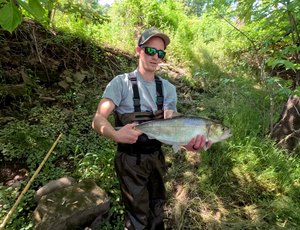 titute has collaborated with all necessary regulatory agencies since 2008. We worked to establish funding and secured most of the permits and approvals to remove the dam.
titute has collaborated with all necessary regulatory agencies since 2008. We worked to establish funding and secured most of the permits and approvals to remove the dam.
Regrettably, a disagreement with the USGS’s New Jersey office regarding replacement of a 1930s era flow gage upstream from the dam has at least temporarily blocked the goal of restoring American shad and other migratory fish. We have proposed options for replacing the gage and have even secured funding to do so but have been met with delays and inaction. The goals of collecting accurate data on flows in the river and removing the blockage to migratory fish are not mutually exclusive.
So, who can make this project happen?
The NJDEP owns the Blackwells Mills Dam and the dam is contained entirely within the D&R Canal State Park. The decision on whether to remove the dam is within NJDEP’s authority. It is crucial for the agency to take action and make a decision that aligns with the goal of restoring American shad and other migratory fish, improving water quality in the river, and removing a danger to recreationists.
The recent return of American shad and other fish to the Millstone River should serve as strong motivation for prompt action and collaboration between all relevant parties to ensure the restoration of this precious natural resource.
